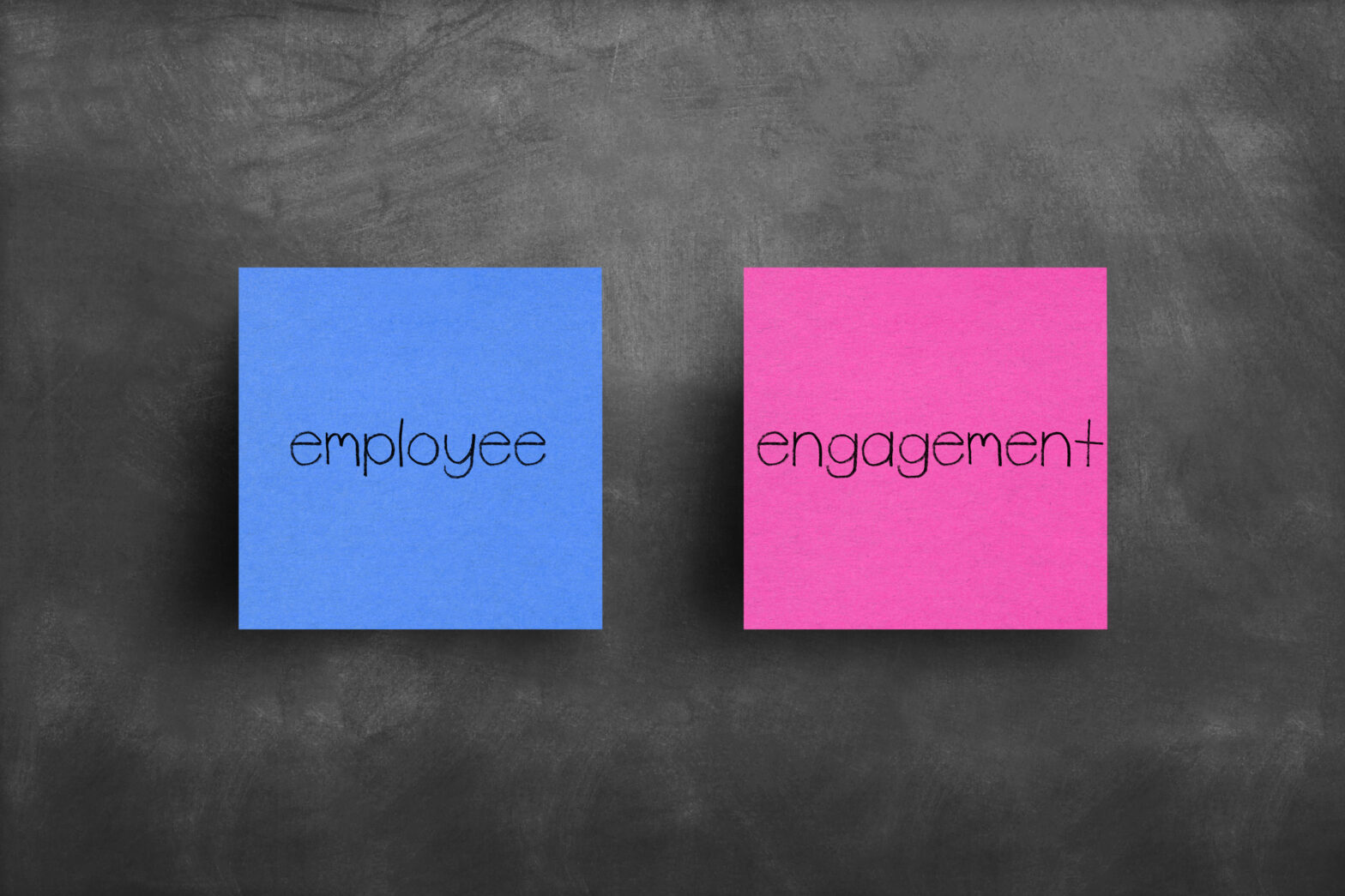If your IT department is doing a phenomenal job then you probably never see, hear, or even think about them. They’re out of sight and out of mind. Then something goes wrong and everything changes. When systems fall short, IT comes under the microscope. This usually results in knee jerk change: organizations quickly ditch failing solutions in favor of new ones. In doing so, they often unwittingly cause themselves more headaches.
Tag Archives: Oregon
EMPLOYEE ENGAGEMENT
If you could improve your company’s profits by 21%, reduce attrition by 24% to 59%, and improve your employees’ morale—all without significant cash outflow or investment—would you do it (1)? It is doubtful anyone would answer no to the above question, although that is what many are essentially doing when they don’t make employee engagement a priority in their organization.

